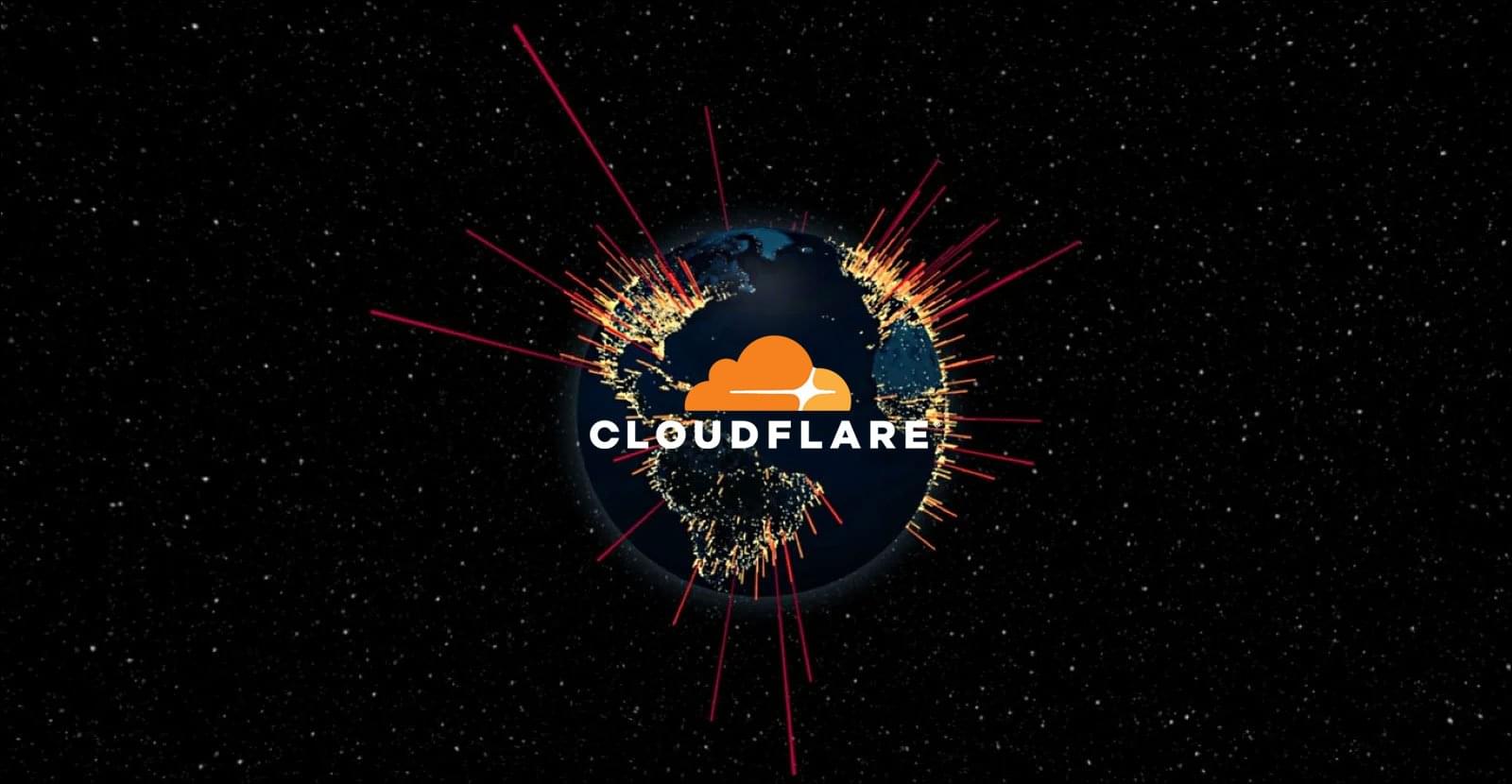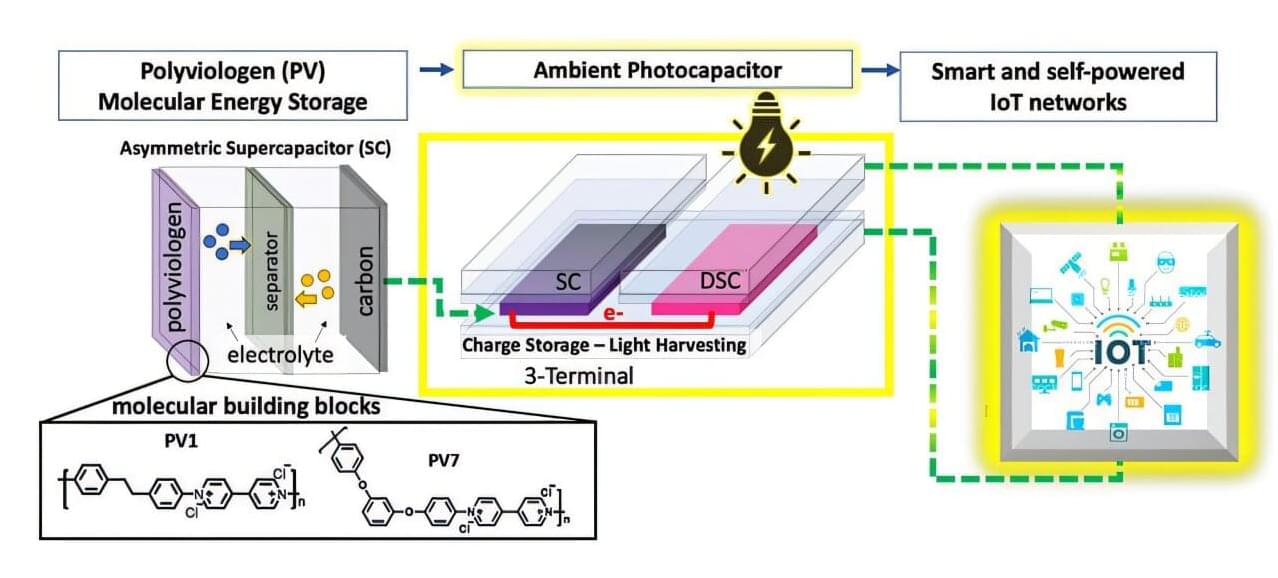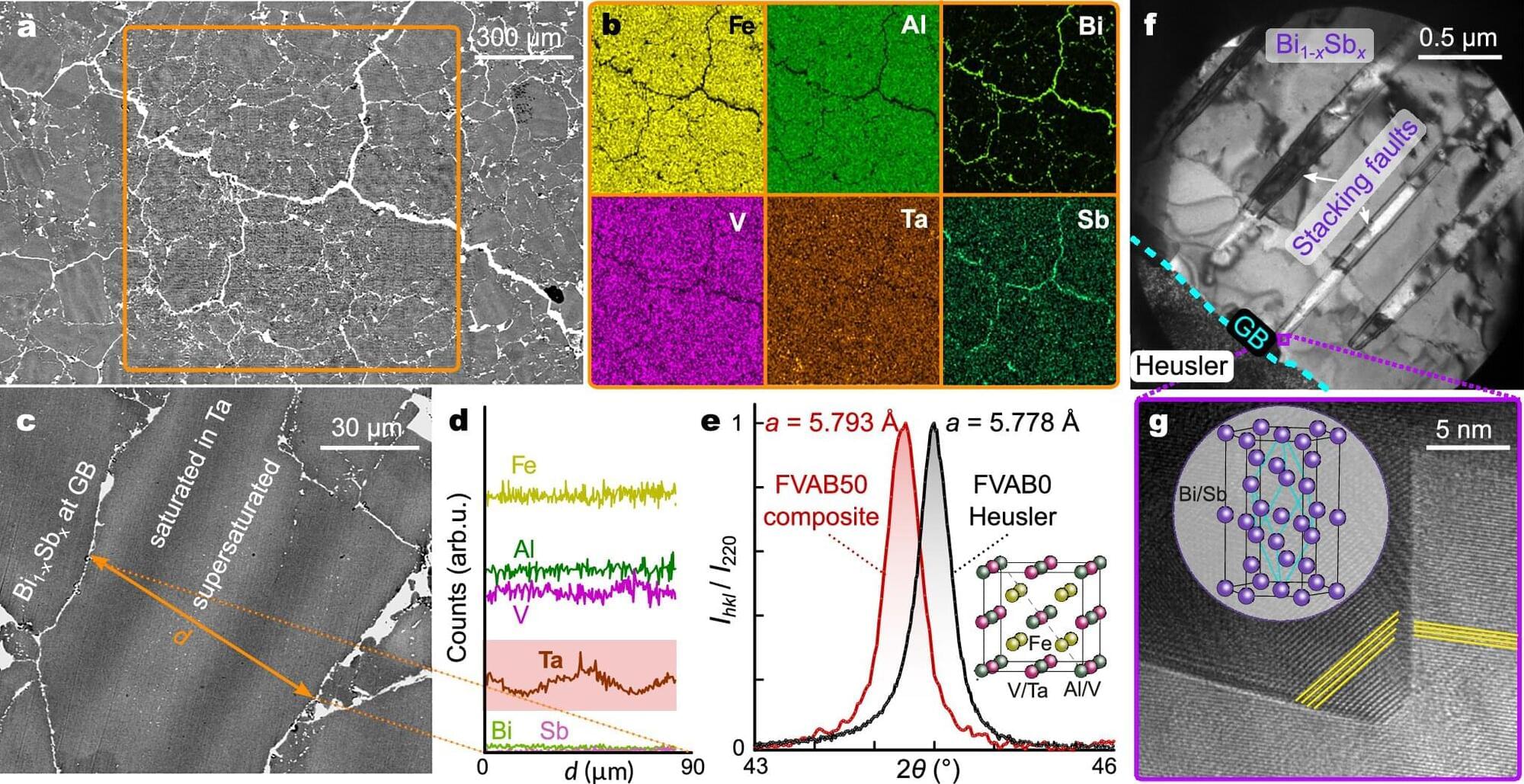A new crowd-trained way to develop LLMs over the internet could shake up the AI industry with a giant 100 billion-parameter model later this year.


Future drops, freebies & digital gifts – Don’t miss out! Join here:
https://docs.google.com/forms/d/e/1FAIpQLSdeuqNNvEjhpL_PQrF4…usp=dialog.
Ray Kurzweil, one of the world’s leading futurists, has made hundreds of predictions about technology’s future. From portable devices and wireless internet to brain-computer interfaces and nanobots in our bloodstream, Kurzweil has envisioned a future that sometimes feels like science fiction—but much of it is becoming reality.
In this video, we explore 7 of Ray Kurzweil’s boldest predictions:
00:00 — 01:44 Intro.
01:44 — 02:42 Prediction 1: Portable Devices and Wireless Internet.
02:42 — 03:34 Prediction 2: Self-Driving Cars by Early 2020s.
The best solar company in Australia just installed my new solar system.
Check them out here: https://www.resinc.com.au/electricviking.
I use Starlink internet to upload all of my videos, use my referral link here: https://www.starlink.com/residential?referral=RC-392400-91086-9
👇👇 Buy something and support The Electric Viking Store 👇👇
https://shop.theelectricviking.com/
Size guide and other help for the store 👇
🔔 Subscribe and hit the notification bell! ►

Microsoft is working on fully mitigating issues causing Outlook on the web and SharePoint Online users to experience delays or failures when searching.
Tracked under EX1063763 in the Microsoft 365 Admin Center, the issues are caused by infrastructure components responsible for processing users’ search requests that perform below acceptable performance thresholds.
The company first acknowledged this Exchange Online incident at 05:21 UTC, with the latest update published at 08:22 saying that a recently deployed fix should provide relief while Redmond’s engineers check if further optimizations are required to fully mitigate the search issues.

Internet services giant Cloudflare says it mitigated a record number of DDoS attacks in 2024, recording a massive 358% year-over-year jump and a 198% quarter-over-quarter increase.
These figures come from Cloudflare’s 2025 Q1 DDoS Report, where the company says it mitigated a total of 21.3 million DDoS attacks in 2024.
However, 2025 is looking to be an even bigger problem for online entities and companies, with Cloudflare already responding to 20.5 million DDoS attacks in just the first quarter of 2025.

A new AI robot called π-0.5 uses 100 decentralized brains, known as π-nodes, to control its body with lightning-fast reflexes and smart, local decision-making. Instead of relying on a central processor or internet connection, each part of the robot—like fingers, joints, and muscles—can sense, think, and act independently in real time. Powered by a powerful vision-language-action model and trained on massive, diverse data, this smart muscle system allows the robot to understand and complete real-world tasks in homes, even ones it has never seen before.
Join our free AI content course here 👉 https://www.skool.com/ai-content-acce… the best AI news without the noise 👉 https://airevolutionx.beehiiv.com/ 🔍 What’s Inside: • A groundbreaking AI robot called π‑0.5 powered by 100 decentralized “π-nodes” embedded across its body • Each node acts as a mini-brain, sensing, deciding, and adjusting without needing Wi-Fi or a central processor • A powerful vision-language-action model lets the robot understand messy homes and complete complex tasks without pre-mapping 🎥 What You’ll See: • How π‑0.5 combines local reflexes with high-level planning to react in real time • The unique training process using over 400 hours of diverse, real-world data from homes, mobile robots, and human coaching • Real-world tests where the robot cleans, organizes, and adapts to brand-new spaces with near-human fluency 📊 Why It Matters: This new system redefines robot intelligence by merging biological-inspired reflexes with advanced AI planning. It’s a major step toward robots that can handle unpredictable environments, learn on the fly, and function naturally in everyday life—without relying on cloud servers or rigid programming. DISCLAIMER: This video explores cutting-edge robotics, decentralized AI design, and real-world generalization, revealing how distributed intelligence could transform how machines move, sense, and think. #robot #robotics #ai.
Get the best AI news without the noise 👉 https://airevolutionx.beehiiv.com/
🔍 What’s Inside:
• A groundbreaking AI robot called π‑0.5 powered by 100 decentralized “π-nodes” embedded across its body.
• Each node acts as a mini-brain, sensing, deciding, and adjusting without needing Wi-Fi or a central processor.
• A powerful vision-language-action model lets the robot understand messy homes and complete complex tasks without pre-mapping.
🎥 What You’ll See:
• How π‑0.5 combines local reflexes with high-level planning to react in real time.
• The unique training process using over 400 hours of diverse, real-world data from homes, mobile robots, and human coaching.
• Real-world tests where the robot cleans, organizes, and adapts to brand-new spaces with near-human fluency.
📊 Why It Matters:


Quantum messages sent across a 254-km telecom network in Germany represent the first known report of coherent quantum communications using existing commercial telecommunication infrastructure.
The demonstration, reported in Nature this week, suggests that quantum communications can be achieved in real-world conditions.
Quantum networks have the potential to enable secure communications, such as a quantum internet; quantum key distribution is one example of a theoretically secure communication technique.

Thermoelectric materials enable the direct conversion of heat into electrical energy. This makes them particularly attractive for the emerging Internet of Things. For example, for the autonomous energy supply of microsensors and other tiny electronic components.
In order to make the materials more efficient, at the same time, heat transport via the lattice vibrations must be suppressed and the mobility of the electrons increased—a hurdle that has often hindered research until now.
An international team led by Fabian Garmroudi has now succeeded in using a new method to develop hybrid materials that achieve both goals—reduced coherence of the lattice vibrations and increased mobility of the charge carriers. The key: a mixture of two materials with fundamentally different mechanical but similar electronic properties.